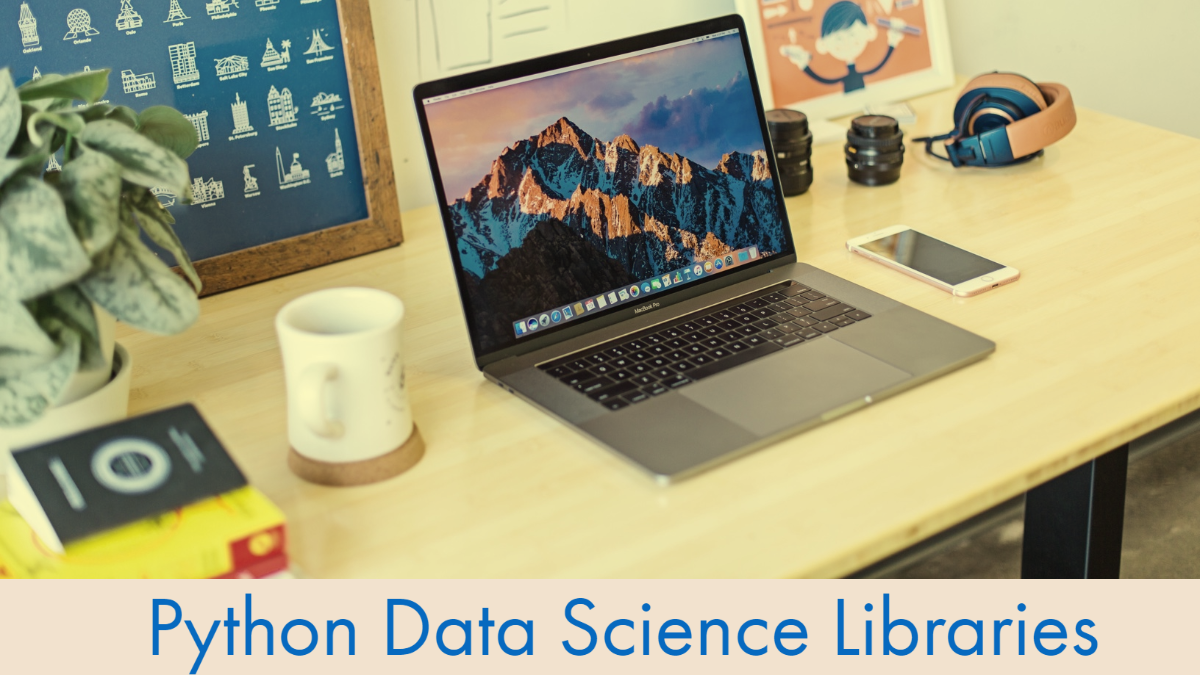For many people (myself among them), the Python language is easy to fall in love with. Since its first appearance in 1991, Python has become one of the most popular dynamic, programming languages.
It is a general-purpose programming language, meaning it can be used in the development of both building websites (using their numerous web frameworks, like TurboGears, Web2py and Django) and desktop applications. It’s also useful in the development of complex numeric and scientific applications.
Python is a simple, clear and intuitive programming language. It’s Easy to Learn Thanks to Python’s focus on simplicity and readability, it boasts a gradual and relatively low learning curve. This ease of learning makes Python an ideal tool for beginning programmers. Python offers programmers the advantage of using fewer lines of code to accomplish tasks than one needs when using older languages.
That’s why scientists choose Python for many scientific and numeric applications. Perhaps they prefer getting into the core task quickly (e.g., finding out the effect or correlation of a variable with an output) instead of spending hundreds of hours learning the nuances of a “complex” programming language.
This allows scientists, engineers, researchers and analysts to get into the project more quickly, thereby gaining valuable insights in the least amount of time and resources, in other words, you spend more time playing with it and less time dealing with code.
It’s Flexible If you want to try something creative that’s never done before; then Python is perfect for you. It’s ideal for developers who want to script applications and websites.
Python is open-source, which means it’s free and uses a community-based model for development. Python is designed to run on Windows, Mac and Linux environments. Also, it can easily be ported to multiple platforms. Its Well-Supported, there are countless resources that will tell you how to do almost anything. If you have any question, it’s very likely that someone else has already asked that and another that solved it for you (Google and Stack Overflow are your friends). This makes Python even more popular because of the availability of resources online.
There are now many packages, libraries and tools that make the use of Python in data analysis and machine learning much easier. professionals are able to focus on the more important aspects of their projects and problems. For example, they could just use Numpy, scikit-learn, and TensorFlow to quickly gain insights instead of building everything from scratch the focus should always be on the problem and the opportunities it might introduce. TensorFlow, Theano, scikit-learn, Numpy, and pandas are just some of the libraries that make data science faster and easier.
With this sort of versatility, it comes as no surprise that Python is one of the fastest-growing programming languages in the world





You must be logged in to post a comment.